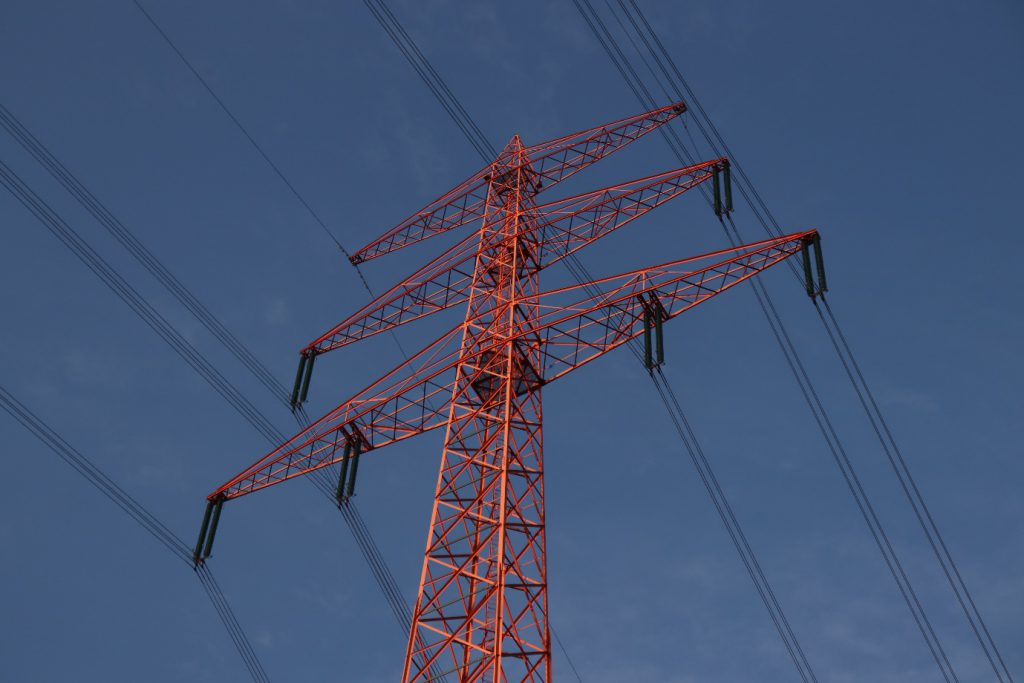Learn OSHA standards to address electrical safety at a workplace

Read this incident – According to a source, two self-employed workers caught serious burns whilst using a drill to attach a prefabricated cowling to a cable tray. The incident occurred when one of the fixings went into a live electrical cable, striking one of the phases and causing an explosion.
When it was investigated, results that showed up were astonishing. The company’s risk assessments and method statements did not consider the risk of drilling into cable trays that contained live cables, isolation of the electrics to the complete work, or other methods of fixing that involved drilling.
Working around electricity isn’t meant for the faintest of the hearts – it can pose severe risks to those who handle it without proper knowledge or tools within an arm’s reach.
Shocks can be deadly
This complete arena is multi-faceted, meaning there’s no one-stop solution to eliminate the dangers lurking that can save employees from encountering all the hazardous situations. Hence holding safety as a priority, pertaining to electricity is, certainly important.

Building a safe workplace takes a quite few steps in common – the following list remains the bare minimum that each and everyone must work to keep a track on electrical safety.
- Have knowledge about the regulations and requirements
- Identify the hazards present
- Learn the best practice methods
- Going through the audit processes regularly
- Have the correct PPEs’ on-hand
- Develop electrical safety programs
- Make use of visual communication
- Employee training
Why should we stay updated on the standards related to electrical safety?
Anyone approaches to understand electrical safety means identifying all the electrical hazards, both potential and actual.
A good starting point is to understand OSHA’s approach to electrical safety. OSHA’s goal is for employers to identify all electrical hazards, both potential and actual. The all-time focus remains on process changes, encouraging industries to de-energise circuits before work is commenced on them, perform the necessary lockout-tagout procedures. Along with developing programs that include training and retraining.
Plus, when it comes to arc safety (let’s take it as an example), safety professionals need to compulsorily analyse the workplace for shock and j. A more recent area of emphasis is arc flash safety, which means electrical safety professionals must analyse the workplace for shock and arc flash hazards, establish safe protection boundaries and define what personal protective equipment (PPE) must be used within these boundaries.
Some standards can be given below –
NFPA 70Erequires employers to conduct electrical hazard assessments that comprise of a shock hazard analysis and an arc flash hazard analysis before work is performed on live equipment operating at 50 volts and higher.
29 CFR 1910.137 Electrical Protection Equipment states that OSHA strictly instructs to wear the right electrical protective equipment whenever working on dangerous electrical systems. This remains applicable to the design, marking, and testing requirements of electrical safety equipment.
29 CFR 1917.157 Battery Charging and Changing standard talks about the one who can change batteries, where they can be changed, and what to look for in terms of hazards.

When industries and their professionals lack the required safety knowledge, fatality prevention becomes tough as accidents can arise form poorly installed and maintained electricals. To train and generate awareness should remain the primary purpose – reason, when a building or an area fails an inspection, you’ll have more than enough excitement on your hands. In addition to hefty fines, loss of worker morale and productivity is an added disadvantage.
Today, in the times when learner attention span is short, animation in such cases provide the visual aid to facilitate learning and improve performances.
Admit it or not, electrical safety learning, as a subject to learn, can be a dry as we often find complex topics that the mind finds too abstract to comprehend. Let’s face it, it can be uninteresting to the learners and can easily cause them lose interest very quickly.
With animated videos, you can meet different kinds of learning styles, as it incorporates all the learning styles mentioned above in a single video.
Lastly, this becomes the stage for the audience where you put all the pieces together to learn for electricals.



An Extraordinary article, I’m truly appreciating perusing your posts. This is definitely worth a read. You introduced incredible understanding and data. Much obliged.
I heard that one of my friends is investing in a construction project soon, but he’s worried about how many accidents have occurred in the past around the construction industry. It’s helpful to know how implementing a safe workplace it’s all about developing electrical safety programs, so I’ll make sure my friend gets this insight now. Thanks for describing electrical safety and how to identify potential hazards.